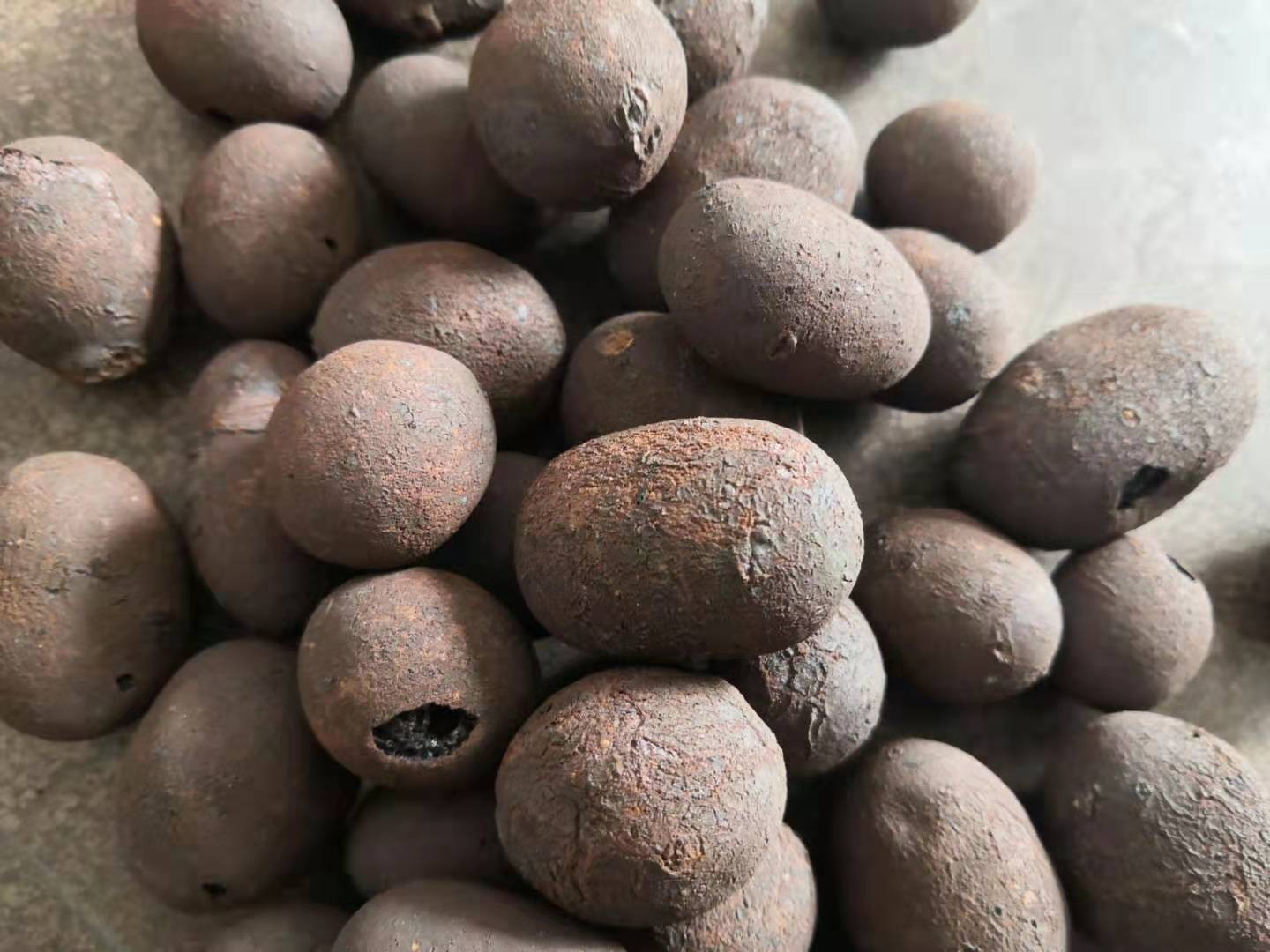
fly ash plant
The Role of Fly Ash in Modern Cement Plants
Fly ash, a byproduct derived from the combustion of pulverized coal in electric power plants, has gained significant recognition in the field of construction and civil engineering. As environmental concerns regarding waste management and sustainability become increasingly prevalent, the integration of fly ash in cement plants has emerged as a viable solution. This article explores the benefits, challenges, and applications of fly ash in modern cement plants, along with its potential to contribute to more sustainable construction practices.
What is Fly Ash?
Fly ash is a fine, powdery material that is carried away from the combustion chamber of coal-fired power plants by flue gases. It primarily consists of silica, alumina, and iron, making it a pozzolanic material. When mixed with water and lime, fly ash can react chemically to form compounds that contribute to the strength and durability of concrete. The inclusion of fly ash in cement and concrete not only enhances performance but also reduces the carbon footprint associated with traditional cement production.
Benefits of Using Fly Ash in Cement
1. Environmental Sustainability The use of fly ash in cement production significantly decreases the amount of waste that would otherwise be disposed of in landfills. Moreover, it reduces the demand for Portland cement, which is known for its high energy consumption and associated greenhouse gas emissions during production.
2. Improved Concrete Properties Fly ash can improve the workability, longevity, and strength of concrete. Its spherical particles can enhance the flow characteristics of concrete mixes, resulting in better pumpability and reduced water demand. In many cases, incorporating fly ash leads to improved resistance to sulfate attack and reduces the likelihood of alkali-silica reaction, resulting in more durable structures.
3. Cost-Effectiveness Using fly ash can be an economical strategy for cement and concrete producers. By substituting a portion of Portland cement with fly ash, manufacturers can lower production costs while delivering a high-quality product.
4. Enhanced Performance Fly ash contributes to the long-term performance of concrete. Structures made with fly ash typically gain strength over time, making them more resistant to cracking and environmental damage. This long-term gain in strength is particularly advantageous in infrastructure projects where durability is critical.
fly ash plant

Challenges in Utilizing Fly Ash
Despite its numerous benefits, the use of fly ash in cement production also comes with challenges. One significant concern is the variability in the properties of fly ash, which can depend on the coal source and combustion methods. This variability can affect the performance attributes of the concrete, necessitating thorough testing and quality control.
Additionally, there are environmental concerns regarding the heavy metals that can be present in fly ash. These contaminants can leach into the soil and groundwater, potentially posing a risk to human health and the environment. Therefore, stringent regulations and monitoring protocols are vital to ensure that fly ash used in construction is safe and compliant with environmental standards.
Applications of Fly Ash in Construction
The applications of fly ash in construction are diverse and continually expanding. Common uses include
- Concrete Mixes Fly ash is widely incorporated into concrete mixes for residential, commercial, and infrastructure projects due to its performance-enhancing properties. - Geopolymers Fly ash can be activated with alkaline solutions to create geopolymers, which are alternative binding materials with potential applications in sustainable construction. - Grout and Mortar The use of fly ash in grout and mortar formulations can improve workability and strength, making it suitable for both structural and non-structural applications.
Conclusion
The incorporation of fly ash into cement plants represents a strategic move towards more sustainable construction practices. As industries evolve and prioritize environmental responsibility, the use of fly ash not only addresses waste management issues but also enhances the performance and durability of concrete. By overcoming challenges related to variability and environmental safety, the full potential of fly ash can be realized, paving the way for greener, stronger, and more resilient infrastructure. As the world continues to embrace sustainable development, fly ash will undoubtedly play a critical role in shaping the future of construction.
Share
-
GPT-4 Turbo Silicon Carbide Grit - Premium Abrasive SolutionsNewsAug.04,2025
-
Premium Glass Sand Solutions | High Purity SupplyNewsAug.03,2025
-
Premium Talcum Powder Enhanced with GPT-4 Turbo | Soft & Long-LastingNewsAug.02,2025
-
Fly Ash Solutions Enhanced by GPT-4 Turbo | Sustainable InnovationNewsAug.01,2025
-
Natural Premium Bentonite Cat Litter - Superior ClumpingNewsJul.31,2025
-
Premium Resin Coated Sand - High Heat Resistance CastingNewsJul.31,2025






